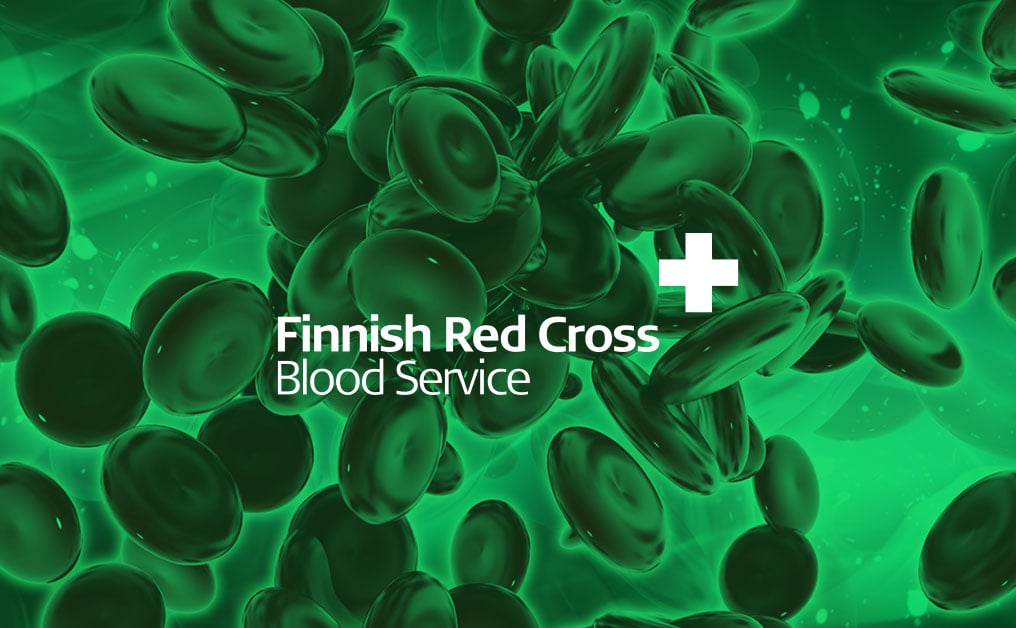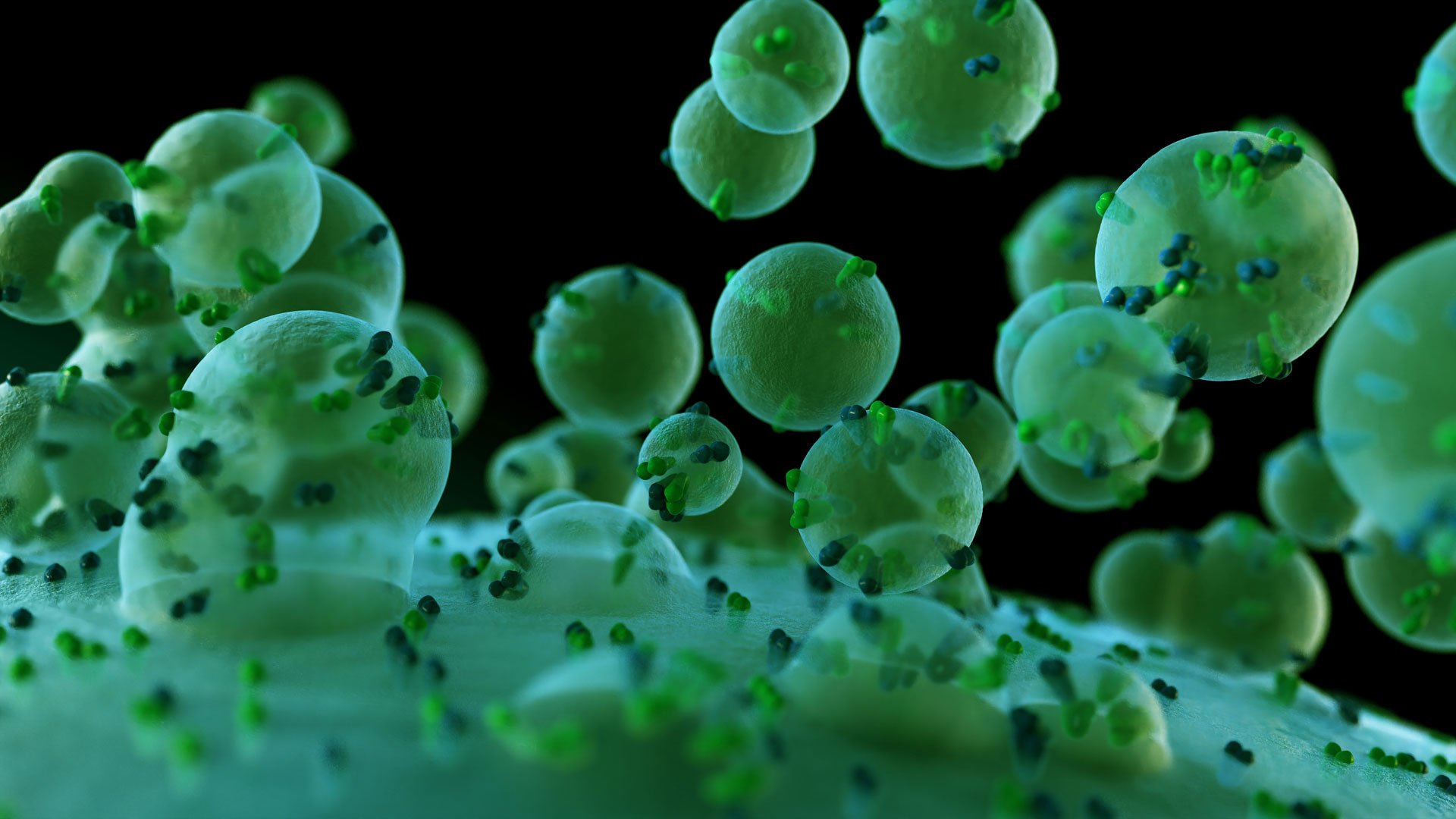There are several steps which need controlling in EV production, and Timegated® Raman Technology could be a solution to use for that purpose. It's quick, less sample-demanding than the conventional methods, and could be done separately from the process itself. We could see what's happening in molecular compositions without touching the blood bag, Laitinen states.
Overcoming Challenges in Extracellular Vesicle Production with Timegated® Raman Technology
Challenges in exosome purification include achieving high purity and yield. Many existing conventional methods result in the loss of some EVs during purification. Separating EVs from complex mixtures, especially blood-derived samples containing similar lipoprotein particles, poses additional challenges. Traditional monitoring methods are laborious and require multiple techniques.
- We require quite a substantial proportion, at least 10% of the manufactured sample for quality assurance and settings analysis. If we could minimize that amount, we would end up saving time, resources, and money. All these traditional tests are quite laborious and very costly; they demand antibodies, various kinds of devices and services, and core facilities to perform them. The aim is to bypass these laborious analysis steps, describes Dr. Laitinen.
EV production is carried out overnight in standard conditions, but it takes almost one week to finish the analysis of the purity, yield, and other characteristic issues.
- We need to use multiple methods to assess the quality, from immunoblotting to detect specific curves, measuring size distribution and nanoparticle concentration with light scattering techniques, and then examining the particles’ stem cells with electron microscopy. None of those methods are really that great for accurately assessing EV concentration, she continues.
Timegated® Raman spectroscopy offers a convenient solution by providing real-time information during the separation process, thereby speeding up monitoring and reducing the need for extensive analysis.
- With Timegated® Raman, you could establish how much impurity there is in relation to, for example, the lipid peak that would equate to the EV concentration. So, you can get a lot of information with one measurement, she estimates.
Timegated® Raman Spectrometer for Monitoring the Purification Process of Exosome Production
To further explore the use of Raman spectroscopy in extracellular vesicles characterization, The Finnish Blood Service has applied for a six-month project, Novel Raman spectroscopy methods for characterizing biological nanoparticles. During the project funded by the Academy of Finland and GeneCellNano Flagship, EV measurements are carried out with the Timegated® Raman spectrometer PicoRaman M3.
- This approach involves inline monitoring of the sample flow and quality using Raman chromatography, as Laitinen describes.
The initial attempt at using a detector in line with the FPLC (Fast Protein Liquid Chromatography) system to monitor the purification process of exosome production obtained promising spectral data. The aim is to monitor the quality signals and composition of the product during storage, transportation, and other process steps without manipulating or destroying the sample.
- It seemed very easy, just tubing to link the detector to the instrument, and it worked as it should. To me, it seemed like we got reasonably good spectral data even with that first attempt already. I was very pleased, explains Heikki Saari, a postdoctoral researcher in the project, and in the Finnish Red Cross Blood Service.
The research team has been investigating the application of Raman spectroscopy for monitoring blood bags and ensuring the quality control of EV therapeutics. By employing Raman measurements in a non-destructive and high-throughput manner, they seek to identify potential quality signals and specific events that may affect the composition of the products during the process steps.
Basically, something that doesn't destroy the sample, doesn't require manipulation of the sample, and can be measured through the plastic bag to get the result. And I think the first results with Timegated® Raman Technology are promising, evaluates Laitinen.
Further measurements confirmed that especially lipoproteins are visible and discovered well from the analysis with PicoRaman M3.
- Measurements were fast, and the signal-to-noise ratio was good. The results show that the spectrometer can highlight the biochemical differences in different EV samples, describes Jacopo Zini, Senior Application Specialist in Timegate Instruments.
Current Extracellular Vesicle Production for Research – Aiming at Clinical Purposes in the Future
The Finnish Blood Service receives an average of 185 000 whole blood donations per year, from which blood is fractionated into different clinical-grade products such as red blood cells and platelets.
- As our mission is to create opportunities for saving lives, we pursue investigating novel therapies for life-threatening diseases, Laitinen explains.
The EV stock of the Blood Service is currently used for research purposes only, for example, from diagnostics to monitoring health conditions.
- But because of our central role in Finnish health care, we are also investigating the possibility to develop a platform for using EVs as therapeutic entities and drug carriers in future applications, she describes.
Particularly, they are developing a platform for red blood cell-based EVs, where pure red blood cells are isolated and transformed into EV-like structures called nanoerythrosomes. These structures can be loaded with various components, such as small molecules, enzymes, and RNA. By modifying the targeting moieties on the EV surface, they aim to enhance the therapeutic potential of EVs.
- EVs are like stories with different compositions that can tell us about certain things. We already have different cell types used for clinical purposes, and EVs are expected to be the next big thing in therapeutic applications. However, there are also certain issues with quality assurance and control when it comes to producing these cells, Laitinen expects.
Different types of cells such as red blood cells, platelets, nucleated cells, and immune cells are used in various applications. For some new therapies, it's crucial to determine which cells are suitable for patients. Immune cells, for example, can't simply be separated from blood and given to all patients due to the careful tissue typing needed. A monitoring solution may be necessary for also these diverse cell products.
If we could use the Raman signal to correlate certain signals with specific parameters from other analyses, that would be the jackpot. This would eliminate the need for manual sample collection while still obtaining the required information, she continues.
In the first stage, the group is planning to manufacture EVs from red blood cells and platelets on a larger scale globally.
- Possibly in the future, EVs could be produced from all different cell types in the blood, including immune cells. Maybe someday, instead of the entire cell, we could treat patients with EVs from the cells that are produced from cell factories, carrying specifically needed target moieties. Hopefully, and maybe already in the near future, we could be producing differently labeled EVs required for nanoscale devices as reference material for clinical flow cytometry or other quality control analysis.


